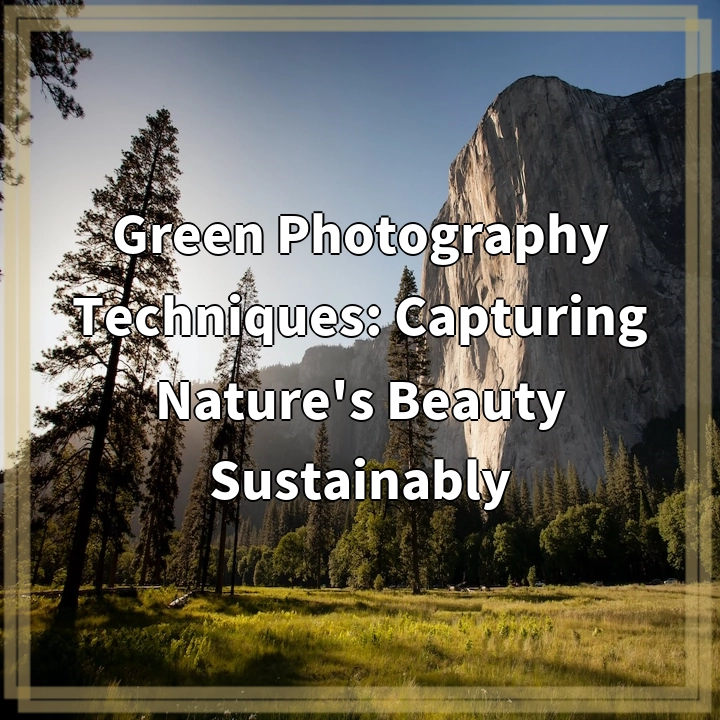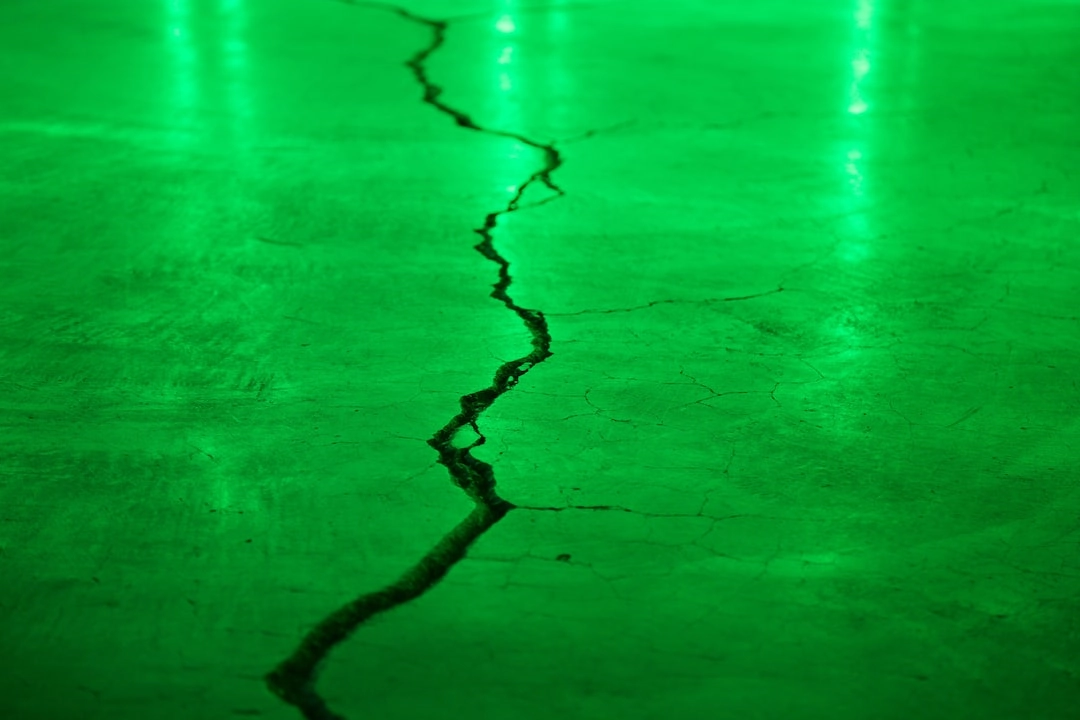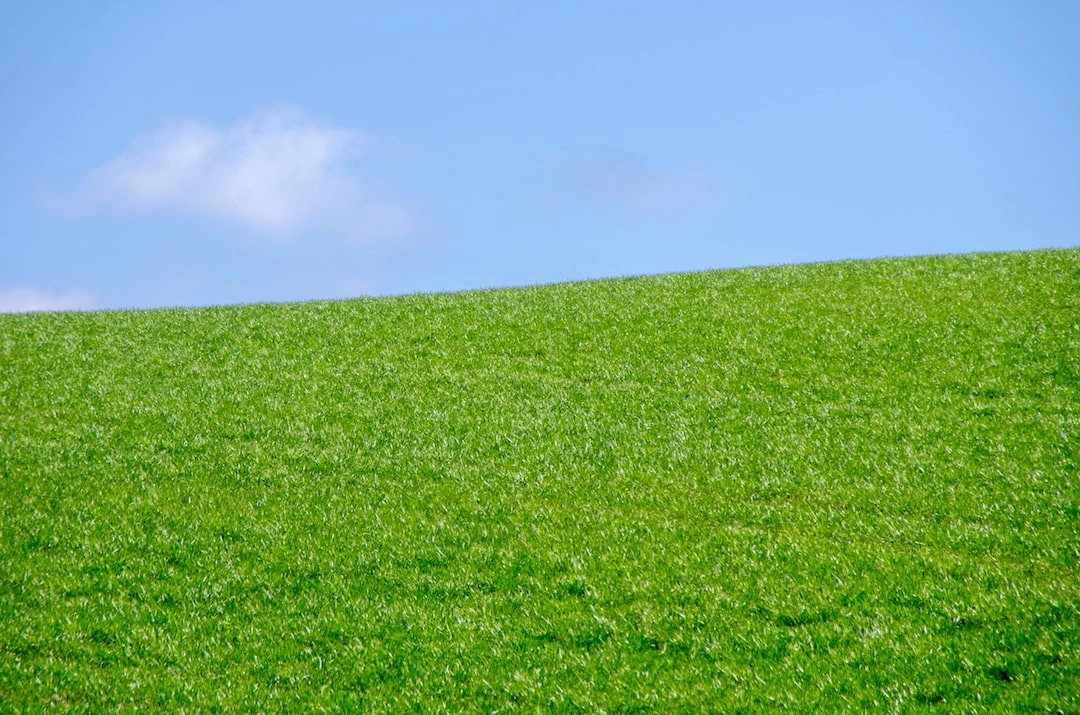
What it is:
Green photography techniques, also known as sustainable or eco-friendly photography, refers to the practice of capturing images of nature while minimizing the negative impact on the environment. It involves taking conscious steps to reduce carbon footprint, protect ecosystems, and promote environmental awareness through the art of photography.
Real-world problems:
Despite their beautiful and awe-inspiring nature, photography and the photography industry can also have negative environmental consequences. Here are some of the real-world problems associated with traditional photography:
1. Carbon emissions:
In conventional photography, many resources are consumed, including film rolls, batteries, and electricity for equipment. The production and disposal of these items often contribute to greenhouse gas emissions and pollution.
2. Habitat disruption:
Photographers often venture into natural habitats to capture stunning shots. However, if not done responsibly, this can lead to habitat disruption and disturbance to local wildlife populations. Trampling vegetation, disturbing nesting areas, and creating noise pollution are some of the negative impacts.
3. Chemical pollution:
Traditional photography methods involve the use of various chemicals, such as developer solutions, fixatives, and toners. If not handled and disposed of properly, these chemicals can leach into the soil and waterways, causing pollution and harm to ecosystems.
4. Waste generation:
The photography industry creates a significant amount of waste, including packaging materials, obsolete equipment, and single-use items like disposable cameras. Improper disposal or recycling of these items adds to the global waste problem.
5. Promoting unsustainable practices:
In some cases, photography can inadvertently promote unsustainable practices, such as photographing captive wildlife or endorsing activities that harm the environment, such as destructive tourism practices like trampling delicate landscapes or disturbing wildlife for photo opportunities.
By recognizing these real-world problems and adopting green photography techniques, photographers can minimize their environmental impact and play a vital role in promoting a more sustainable and eco-friendly approach to capturing nature’s beauty.

Summarizing the Solutions:
To address the real-world problems associated with traditional photography and embrace green photography techniques, here are some solutions photographers can implement:
1. Carbon emissions:
Reducing carbon emissions can be achieved by using energy-efficient cameras and equipment, opting for rechargeable batteries, and minimizing the use of power-hungry features like excessive flash. Additionally, photographers can offset their carbon footprint by supporting projects that promote renewable energy or by planting trees.
2. Habitat protection:
Respecting and protecting natural habitats is crucial. Photographers should stay on designated trails and paths, use long lenses to capture wildlife from a safe distance, and avoid disturbing animals or their nesting areas. By practicing ethical wildlife photography, photographers can minimize their impact on the environment.
3. Chemical-free practices:
Transitioning to digital photography significantly reduces the use of chemicals. However, if working with film, photographers can opt for eco-friendly, non-toxic developing solutions and dispose of them in an environmentally responsible manner. Proper chemical waste management is essential to prevent pollution.
4. Waste reduction:
Photographers can reduce waste by using reusable or biodegradable packaging, printing on recycled paper, and donating or selling old equipment instead of discarding it. Choosing durable camera gear and avoiding single-use disposable items also minimizes waste generation.
5. Promoting sustainable practices:
Photographers can use their images to educate and raise awareness about eco-friendly practices and the importance of conservation. By showcasing the beauty and fragility of nature, they can inspire others to embrace sustainable behaviors and promote responsible tourism and outdoor activities.
Implementing these solutions empowers photographers to capture nature’s beauty sustainably, leaving behind a positive impact on the environment and encouraging others to follow suit.















